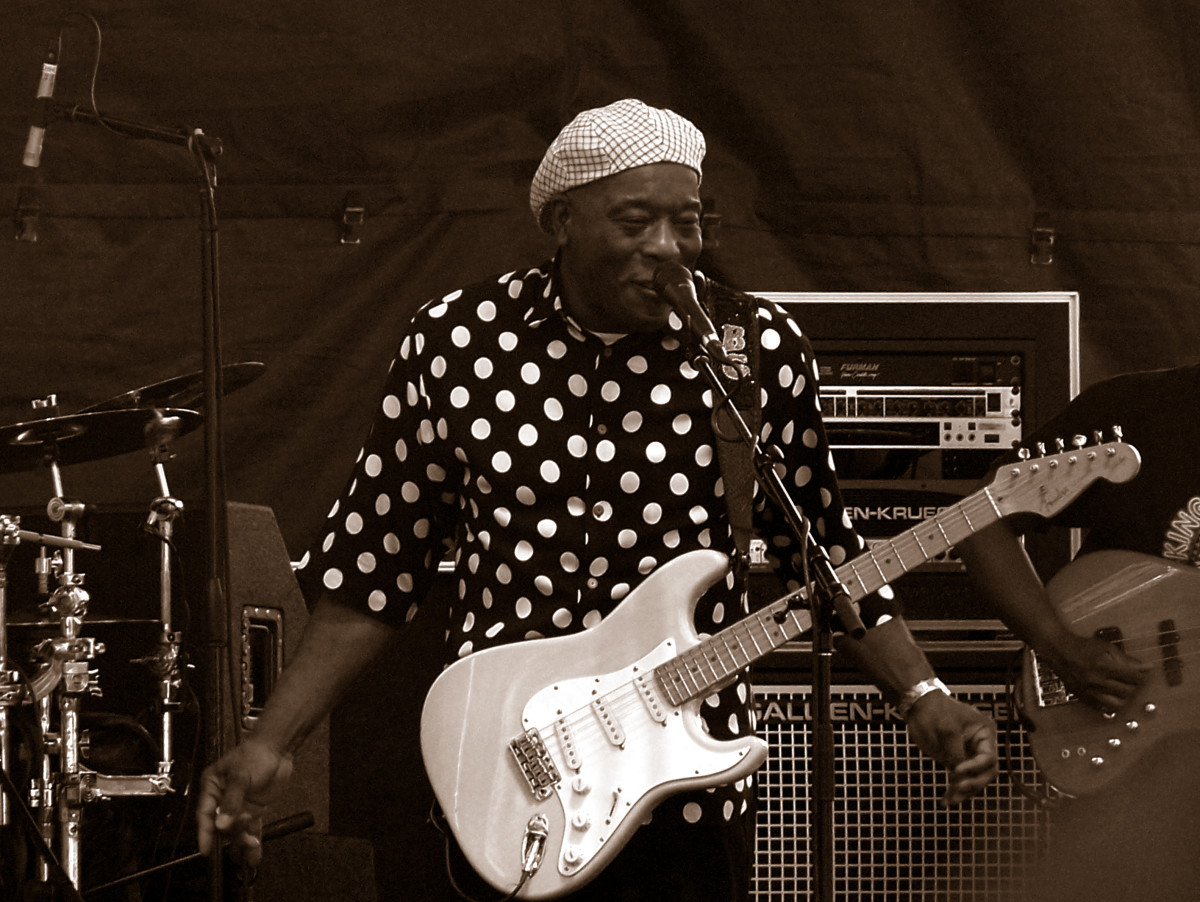Taiko Drumming: What is it?

The Passionate Taiko
Taiko drumming first emerged in Japan more than one thousand years ago, it was quite literally at the center of village life, the boundaries of each town were defined by where the beat could be heard. Throughout the years religious and spiritual practices have involved these glorious drums, from chasing away demons, to appeasing angry deities. Early Japanese mythology has even found a place for the origin of the taiko drum. One such myth was that taiko was started by a small female deity known as Ame no Uzume no Mikoto.
"One day, fed up with her cruel younger brother, Amaterasu, the sun goddess, hid herself in a cave. The world became black as pitch and the other deities tried to appease Amaterasu so that the world would be bright again. All gathered before this cave until one day Ame no Uzume no Mikoto came forth and danced a vigorous dance, stamping her feet on a wooden barrel. The gods were swept up by the pounding energy and began to join in on the dance. The noise provoked Amaterasu to come out of her cave. Thus, the world saw light again."
The actual myth can be read here.
Now taiko today isn't something so simply as dancing on a barrel but actually a more sophisticated interpretation and blend between traditional shrine drumming and early jazz.
Modern taiko was established in 1951 by a Mr. Daihachi Oguchi. He is credited with forming the first actual taiko ensemble, referred to as kumi-daiko, and starting the modern popularity of taiko performances. Coming from a jazz background, Daihachi Oguchi pondered on why the taiko drums had never previously been played as a group before. From this simple idea he put together various taiko of all different sizes, shapes and pitches.
At 84 years of age, Daihachi Oguchi died on June 27, 2008, after being hit by a car. Oguchi is widely attributed as the Grandmaster of modern taiko. He helped developed nearly 200 taiko groups in Japan, Singapore, Canada and the U.S.

Kodo Demon Drummers
Now it has been said that the original rhythm of life is the beating of your mother's heart. A specific group on the remote, beautiful Sado Island of Japan is dedicated to reproducing this furious and beautiful symmetry. Known as Kodo, meaning both heartbeat and children of the drum, this amazing group of disciplined and powerful people are keeping alive some of Japan's most potent traditions.
Battle with Yourself
A select few are chosen for an incredibly arduous apprenticeship. To become a professional kodo drummer one must endure 2 years of hell. Trainees live deep in the mountains, in a completely self sufficient environment. Students must grow and prepare their own food (rice planting being the main tradition which has sustained the entire Japanese culture for hundreds of years)
Upon arrival a student must first make their own tools, their drumsticks and chopsticks, this is the wood that will nurture and rule their lives for the next two years. The training school is part commune and part boot camp, the rules are strict, the lifestyle is steer, there's no television, radio, alchohol, sex or cigarettes for two years. Weekends and holidays off are rare and students are paying almost US$10,000 a year just for the privilege.
Keeping the Tradition Alive
Modern day Japan has put many of their traditions down, but the Kodo group are striving to keep them going. While most of the trainees have arrived expecting just drumming that's only a part of it. The recruits must learn traditional dancing, the art of the tea ceremony, and the rituals and methods of Noh theater. It's an idealized traditional Japanese society containing the most prominent cultural aspects known throughout their history.
In winter, the classes are moved outdoors, where the temperature is close to zero. An example of one of the rigorous training techniques is called crucifixion, this helps the first years learn about posture and pain. They have to stay seated in what is called seiza for hours. It is a true testament to the determination and discipline each trainee undergoes for the honor of learning about their culture.
Conclusion...?
This rich and riveting aspect of the already broad spectra of Japanese culture is just one of the many things I've discovered in my quest of knowledge. The development of modern day beating by a truly passionate man, the maintenance of that tradition with prestigious groups that hope to keep their history alive. There is so much involved and all simply for the sake of rhythm. It's everywhere. In the steps you take, in the breathing you do, it's everywhere in the world around you. These people are the ones who decided to live it to the fullest. My hope is to one day be a part of that amazing history and share my experience and knowledge and in return obtain its experience and knowledge. That would be a truly amazing gift.



